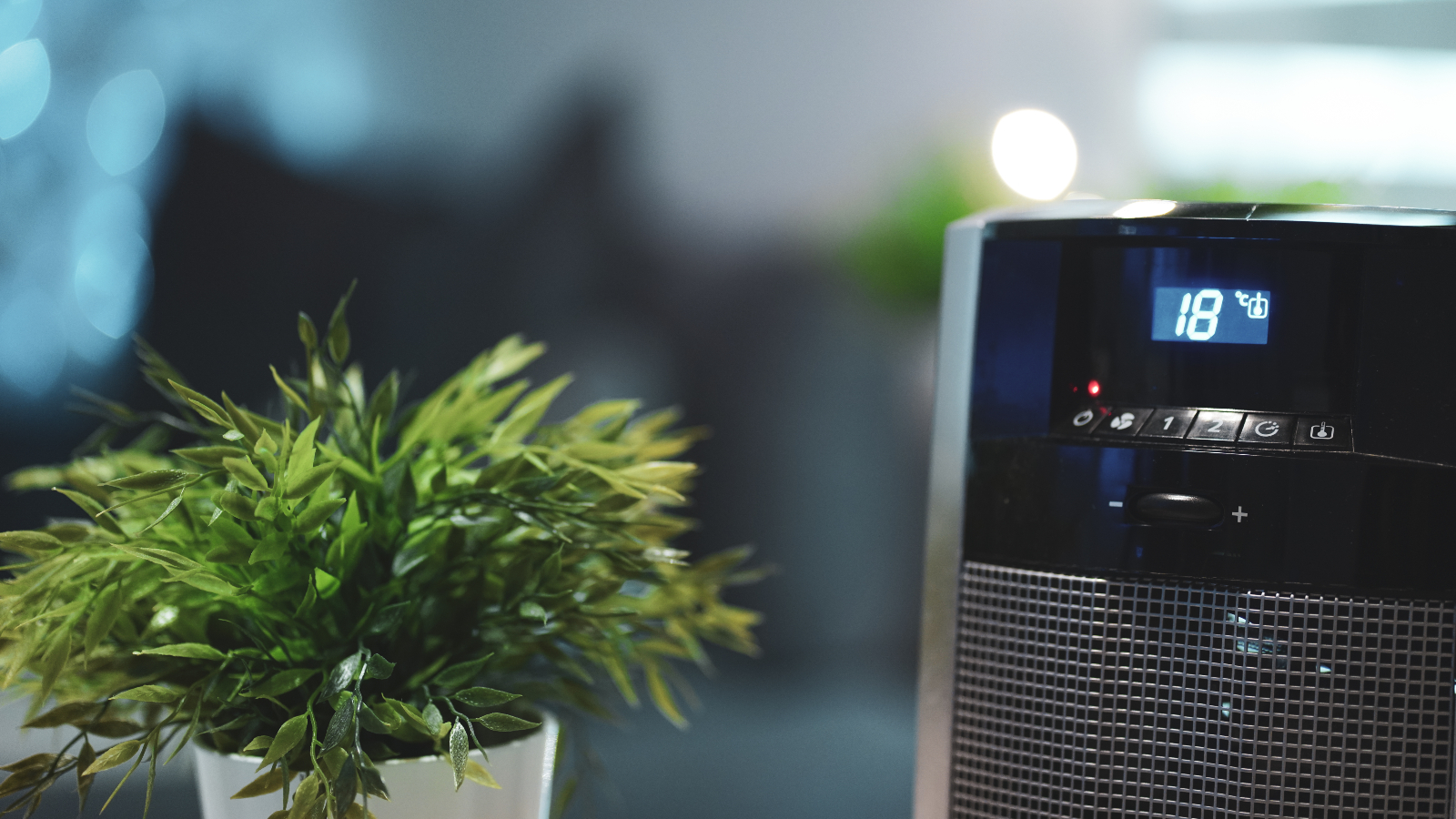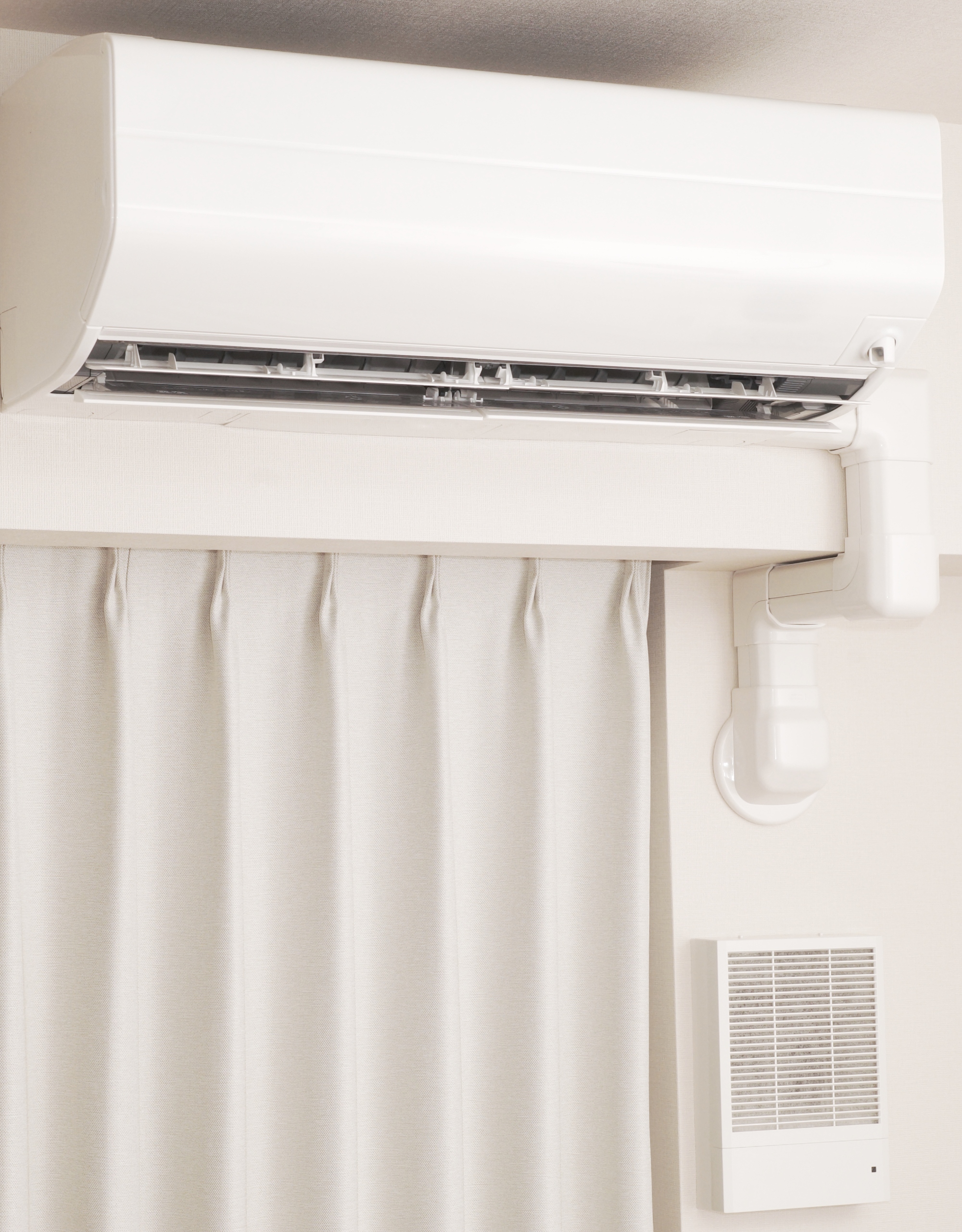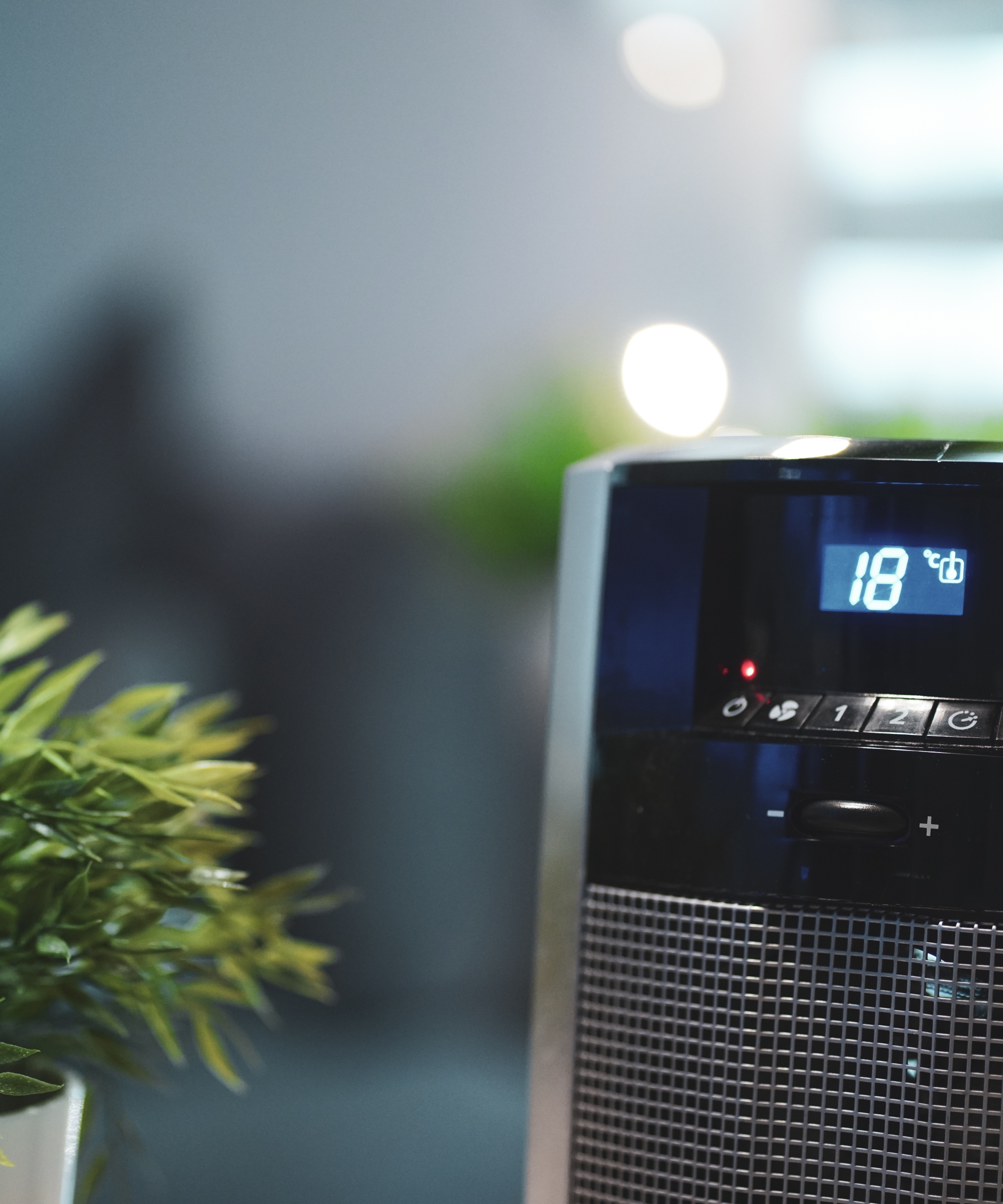How to clean a swamp cooler – a natural method to cool down your room safely
Knowing how to clean a swamp cooler the easy way will make the hot season more seamless – here's what the experts suggest


If there is a season to know how to clean a swamp cooler, it is now. As we sit on the fringe of the hottest months on the calendar, you're likely to have already used your cooler this year – and its usage shows no signs of slowing down. However, if you've recently retrieved your swamp cooler and quickly realized that it has seen better days, then it may be time for a clean.
While knowing how to clean a swamp cooler may seem mundane, the process is quick and easy with the correct cleaning tips. And there is none more reliable than those from the experts. Here's how the clean a swamp cooler, the professional way.
How to clean a swamp cooler – safe, natural ways to prepare for the heat
Shopping List
To follow this guide, you will need:
• White vinegar: such as this one from Amazon that works for many cleaning jobs
• Baking soda: this one will also last for many cleans
Optional:
• Citric acid: if you have hard water then this citric acid will come in handy.
Your swamp cooler is one of the things you can clean with vinegar – so you don't need to invest in many extra cleaning materials for a finish that is (almost) as good as new. Here's how to clean your cooler safely.

1. Disconnect the power to your swamp cooler
Before beginning the cleaning process, it is vital to cut the power supply to your swamp cooler. Home expert Daniel Akins from The Yardable suggests that to do this, you need to remove the side panel of your unit. 'Unplug both the pump and the motor's wires. The receptacles are located on the interior of your cooler,' he says.
2. Gather the appropriate supplies
You may already know that white vinegar is one of the key ingredients used in cleaning a swamp cooler. However, you also need some pantry staples to ensure a deep clean.
'You'll need to gather a few supplies. You will also need white vinegar, baking soda, and a scrub brush. If you have hard water, you may also need citric acid,' says Ryan Collier, the director of HVAC company, Heat Pump Source.

3. Create the cleaning solution
The expert recommends mixing equal parts of white vinegar and water in a bucket before adding half a cup of baking soda for every gallon of water used. 'If you have hard water, then add a quarter of a cup of citric acid,' Ryan adds.
4. Remove the pads from the swamp cooler
You should then return to your inactive cooler and remove the pads. Ryan then suggests soaking the pads in the homemade solutions for at least one hour.
'While the pads are soaking, use a scrub brush to clean the inside of the cooler. Be sure to reach every part of the unit,' the expert says.
5. Re-add the pads to your cooler
To conclude the clean, you only need to remove the pads from the solution and rinse them off. Ryan says you should allow them to dry completely before putting them back in the cooler and re-introducing the power to your unit. You can enjoy a summer space that is both cool and clean for the rest of the season ahead.
Sign up to the Homes & Gardens newsletter
Design expertise in your inbox – from inspiring decorating ideas and beautiful celebrity homes to practical gardening advice and shopping round-ups.

Megan is the Head of Celebrity Style News at Homes & Gardens, where she leads the celebrity/ news team. She has a history in interior design, travel, and news journalism, having lived and worked in New York, Paris, and, currently, London. Megan has bylines in Livingetc, The Telegraph, and IRK Magazine, and has interviewed the likes of Drew Barrymore, Ayesha Curry, Michelle Keegan, and Tan France, among others. She lives in a London apartment with her antique typewriter and an eclectic espresso cup collection, and dreams of a Kelly Wearstler-designed home.
-
 Kris Jenner's favorite air fryer, the Ninja Crispi, is the perfect small kitchen solution – it deserves a place on the most compact of countertops
Kris Jenner's favorite air fryer, the Ninja Crispi, is the perfect small kitchen solution – it deserves a place on the most compact of countertopsKris approves of this compact yet powerful air fryer, and so do our own kitchen appliance experts, praising it for its multifunctionality
By Hannah Ziegler Published
-
 Ina Garten's storage pantry is an insightful window into all of the best cookware used by the chef – and it's easy to recreate on your kitchen shelves from $48
Ina Garten's storage pantry is an insightful window into all of the best cookware used by the chef – and it's easy to recreate on your kitchen shelves from $48The beautiful dishware in The Barefoot Contessa's Hamptons pantry showcases the tools she uses most often to cook – this is exactly how you replicate it
By Sophie Edwards Published
-
 7 dorm room organizing rules for less clutter and more space
7 dorm room organizing rules for less clutter and more spaceExperts offer their top tips for creating a well-organized dorm room, no matter the size, space, or layout.
By Ashley Chalmers Published
-
 How to maximize storage in a small or shared dorm room, according to pro organizers
How to maximize storage in a small or shared dorm room, according to pro organizersFind out all the hidden storage zones you might never have noticed
By Ashley Chalmers Published